Advanced Practice Registered Nurses (APRNs) are transforming healthcare across the U.S. With advanced clinical training and graduate-level education, APRNs can diagnose conditions, prescribe medications, and provide high-quality care in roles once limited to physicians. From nurse practitioners to nurse anesthetists, APRNs are stepping up to meet growing healthcare demands—especially in underserved areas. In this guide, we’ll break down the different APRN roles, how to become one, and why they’re crucial to the future of patient care.
What are APRNs?
Advanced Practice Registered Nurses (APRNs) are registered nurses with advanced education and clinical training that prepare them for expanded roles in healthcare. APRNs typically hold at least a master’s degree in nursing (many now pursue doctorates) beyond the education required for a Registered Nurse.
With this advanced preparation, APRNs can treat and diagnose illnesses, prescribe medications, and manage patient care much like physicians do. They often serve as primary care providers and are at the forefront of preventive care services in the U.S.. In fact, APRNs play pivotal roles across the healthcare system – from delivering babies to administering anesthesia – helping to fill gaps in access to care, especially in underserved areas.
The Four APRN Roles
In the United States, the APRN designation encompasses four distinct roles:
Nurse Practitioners (NPs)
NPs provide primary, acute, and specialty health care across the lifespan through assessment, diagnosis, and treatment of illnesses and injuries. Many NPs work in primary care settings (family practice, pediatrics, internal medicine), managing common health conditions and focusing on health promotion and disease prevention. NPs are licensed independent practitioners in many states, meaning they can evaluate patients, order and interpret tests, diagnose conditions, and initiate treatments (including prescribing medications). See also: Nurse Practitioner: How to Become a Nurse Practitioner (NP)
Clinical Nurse Specialists (CNSs)
CNSs are expert clinicians who typically work in hospital or specialty settings. They provide diagnosis, treatment, and ongoing management for complex cases, and they offer expertise and support to bedside nurses. A CNS often leads quality improvement and evidence-based practice initiatives within organizations, serving as a change agent to improve patient outcomes and enhance nursing practice. Their impact extends to educating staff, improving systems of care, and consulting on complex patient cases.
Certified Nurse-Midwives (CNMs)
CNMs provide a range of primary and reproductive health services for women, including gynecological care, family planning, prenatal and postpartum care, and delivering babies. Nurse-midwives emphasize a holistic approach and often practice in settings such as hospitals, birthing centers, and clinics. In addition to maternity care, they may also offer routine primary care for women from adolescence through menopause. CNMs are trained to manage normal pregnancies and births independently and collaborate with physicians if complications arise. See also: Certified Nurse Midwife (CNM) Guide: How to Become A Nurse Midwife
Certified Registered Nurse Anesthetists (CRNAs)
CRNAs are APRNs who specialize in anesthesia care. They administer anesthesia and provide pain management services before, during, and after surgical, obstetric, or diagnostic procedures. CRNAs work in every setting where anesthesia is delivered (operating rooms, delivery suites, ambulatory surgery centers, military and VA hospitals) and are often the sole anesthesia providers in rural and underserved hospitals. They are licensed independent providers, meaning in many states they can practice without physician anesthesiologist supervision, delivering high-quality anesthesia care autonomously. See also: Certified Registered Nurse Anesthetist: How to Become a CRNA
Each of these APRN roles requires rigorous training and certification. Despite their different focus areas, all APRNs are trained to blend advanced clinical skills with nursing’s holistic, patient-centered approach. They serve as clinicians, leaders, and educators, often holding roles not only in direct patient care but also in administration and academia.
Education and Licensure Requirements
Becoming an APRN requires significant education and training beyond the registered nurse level.
Getting a License
Prospective APRNs must first be licensed RNs, then complete a graduate-level APRN program (either a master’s or doctoral degree) in one of the four APRN roles. For example, nurse practitioners, nurse midwives, and nurse anesthetists are required to earn at least a master’s degree in their respective APRN role. Clinical nurse specialist programs also exist at the master’s or doctoral level.
Pass a National Certification Exam
After completing an accredited graduate program, APRN candidates must pass a national certification exam in their specialty. Certification boards include organizations like the American Nurses Credentialing Center (ANCC) or American Academy of Nurse Practitioners (AANP) for NPs, the National Board of Certification and Recertification for Nurse Anesthetists (NBCRNA) for CRNAs, the American Midwifery Certification Board for CNMs, and various role-specific boards for CNSs. Successful completion of the exam leads to national certification, a prerequisite for state licensure in that APRN role.
Get a State Licensure for APRNs
Each APRN must then obtain state licensure from the board of nursing in the state where they plan to practice. Licensure requirements vary by state but generally include holding an RN license, graduating from an approved APRN program, and achieving national certification in the APRN role. In summary, an APRN is typically dual-licensed: first as a Registered Nurse and then as an Advanced Practice Registered Nurse in their role and population focus.
It’s worth noting that the educational expectations for APRNs are evolving. There is a growing trend toward doctoral-level preparation. For instance, as of 2025, all newly enrolling CRNA students must earn a Doctor of Nursing Practice (DNP) or Doctor of Nurse Anesthesia Practice (DNAP) degree, rather than a master’s, to meet accreditation requirements. Similarly, many nurse practitioner programs now offer DNP degrees, and nursing organizations have advocated for the DNP as the future standard for advanced practice nursing education. While a master’s degree is still the minimum in most APRN roles today, an increasing number of APRNs are graduating with doctorates, reflecting a push toward the highest level of preparation for clinical practice.
Scope of Practice and State Variations
Scope of practice refers to the services that APRNs are permitted to perform under their professional license. At the core, all APRNs are educated to assess patients, order and interpret diagnostic tests, make diagnoses, initiate treatments, and prescribe medications. However, the extent of an APRN’s autonomy – especially the ability to practice and prescribe independently – is governed by state law and can vary widely across the United States.
Under the 2008 APRN Consensus Model, nursing regulators and organizations attempted to standardize APRN regulation nationwide, defining licensure, accreditation, certification, and education requirements for APRNs in all states. This model also clearly delineated the four APRN roles and aimed to create uniform titles and population foci.
While the Consensus Model has been broadly endorsed, implementation at the state level has been uneven. Each state’s nurse practice act determines the actual scope of practice. As a result, there is a patchwork of regulations: some states have embraced full autonomy for APRNs, while others maintain restrictions such as physician oversight requirements.
Full Practice Authority
In many states (a little over half as of mid-2020s), NPs and other APRNs have “full practice authority,” meaning they do not require physician supervision or collaboration to provide the full range of services they are educated to do. As of 2023, 27 states plus Washington, D.C., grant NPs full independent practice authority, allowing them to evaluate patients, diagnose, order and interpret tests, and prescribe medications without physician oversight. In these states, the state board of nursing is the sole authority regulating the APRN’s practice, and APRNs can even open their own clinics to deliver care in the community.
Reduced or Restricted Practice
The remaining states impose some level of restriction on APRNs. About 12 states have a “reduced practice” model, which means APRNs can perform many of their duties but must have a regulated collaboration agreement with a physician for certain aspects of care (for example, some states require a physician’s co-signature on prescriptions or a formal collaborative practice contract). The rest operate under “restricted practice,” where state law requires APRNs to be supervised or directly managed by a physician in order to provide patient care. In these states, APRNs’ ability to prescribe medications or practice independently is significantly limited, often necessitating ongoing oversight, which can limit their practice settings and patient access to their services.
The variation in scope of practice has practical consequences. Research has shown that states with full practice authority laws experience greater utilization of APRNs and improved access to care. APRNs in full-practice states are more likely to work in settings like rural clinics or nurse-led practices where they directly fill provider shortages, whereas in restrictive states they may be concentrated in collaborative practices often centered in urban areas. National healthcare outcomes data also suggest that states which allow APRNs to practice to the top of their training tend to have better health system performance and higher rankings in access to care. Conversely, restrictive scope laws are often cited as barriers that can contribute to provider shortages, longer wait times for patients, and fewer healthcare services in underserved regions.
Prescriptive authority (the ability to prescribe medications, including controlled substances) is a key part of scope that also varies by state. In full practice states, APRNs can prescribe medications independently. In reduced/restricted states, they may need a physician’s sign-off or a collaborative agreement specifically for prescribing. All APRNs, however, must have specialized pharmacology training and often separate authority or registration (such as a DEA number for controlled substances) to prescribe.
It’s important to highlight that the policy trend in recent years has been toward expanding APRN scope of practice. Since the early 2010s, numerous states have passed laws to remove outdated supervisory requirements, particularly for nurse practitioners. For instance, New York and Kansas in 2022 joined the ranks of full practice states, bringing the total to 26 states plus DC at that time. By 2025, roughly 27 states in total had full practice authority for NPs, and other states have pursued pilot programs or conditional autonomy (such as supervised hours requirements before independent status). The Federal Trade Commission and National Academy of Medicine (formerly IOM) have both recommended reducing scope-of-practice restrictions, citing improved healthcare access and no compromise in quality when APRNs practice independently.
Impact on Healthcare Outcomes and Access
APRNs have become integral to the healthcare delivery system, and a growing body of research attests to their positive impact on patient outcomes and access to care.
Quality of Care and Patient Outcomes
Numerous studies – including systematic reviews of hundreds of research articles – have found that care delivered by APRNs, especially nurse practitioners, is comparable in quality to physician care on key measures like patient health outcomes, safety, and satisfaction.
For example, a 2023 review of 117 systematic studies concluded that patient health outcomes with advanced practice nurses were equal to or better than those with physicians across various settings and conditions. This aligns with earlier evidence over decades showing NPs provide effective, evidence-based care with outcomes equivalent to doctors for the services they provide.
Specific studies have shown no significant differences in patient outcomes such as blood pressure control, diabetes management, mortality, or hospital readmission rates when comparing NP-led care to physician-led care in primary care settings. In some cases, APRNs even excel – for instance, patients often report higher satisfaction with NP-provided primary care, citing longer consultation times and a strong emphasis on patient education and counseling.
APRNs also contribute to improved outcomes through their holistic approach. Clinical nurse specialists, in their roles improving hospital practices, have been linked to better hospital quality indicators (like reduced infection rates and improved inpatient outcomes) by leading evidence-based practice changes. Nurse anesthetists have a well-established record of safety and high-quality outcomes in anesthesia care; research shows anesthesia complication rates are similarly low whether a CRNA or physician anesthesiologist is providing the anesthetic (when working within their scope). Certified nurse-midwives have been associated with lower rates of certain interventions (like cesarean sections) and high success in supporting normal physiologic birth, contributing to good maternal and neonatal outcomes in appropriate patients. All these findings reinforce that APRNs provide high-quality care that meets rigorous standards.
Increasing Healthcare Access
APRNs are widely recognized for expanding access to care, particularly in primary care and rural health. The United States faces a shortage of primary care physicians and an uneven distribution of providers, which leaves many communities without adequate services.
As of 2023, nearly 100 million Americans live in areas designated as primary care health professional shortage areas. APRNs are helping to close this gap. Nurse practitioners (the largest group of APRNs) are predominantly trained in primary care – around 88-90% of NPs are prepared in primary care fields like family, adult-gerontology, pediatrics, or women’s health. This means NPs are well-suited to step into the provider role in clinics that lack physicians. In fact, NPs now account for about 1 in 4 primary care providers in rural practices, a testament to their important role in underserved communities.
Research confirms that states granting APRNs full practice authority see more APRNs practicing in rural and underserved areas, leading to better access for populations such as rural residents and Medicaid patients.
During the COVID-19 pandemic, the flexibility and importance of APRNs in improving access became even more evident. Many states temporarily waived physician supervision requirements to allow APRNs to practice to the full extent of their training, which helped rapidly increase healthcare capacity. NPs and CRNAs were deployed to testing sites, intensive care units, and as primary care telehealth providers to meet surging demand. Studies after the pandemic have noted that these temporary scope expansions did not compromise safety and instead allowed faster care delivery – bolstering the argument for permanent regulatory changes to empower APRNs.
Beyond primary care, APRNs are also improving access in mental health and other specialties. For example, psychiatric-mental health nurse practitioners (PMHNPs) have grown substantially in number to address the mental health provider shortage. One study found that from 2011 to 2019, the number of NPs providing mental health care to Medicare patients grew by 162%, while the number of psychiatrists serving that population declined by 6% in the same period. By 2019, NPs delivered roughly 34% of mental health office visits for Medicare beneficiaries in urban areas and 51% in rural areas (in states where NPs have full practice authority). This illustrates how APRNs are stepping in to fill critical gaps in care – in this case, improving access to behavioral health services for vulnerable populations.
In summary, APRNs have a demonstrable positive impact on healthcare outcomes and access. Patients under APRN care fare as well as those under physician care on key health metrics, and APRNs greatly extend the reach of health services, bringing care to areas and populations that might otherwise go without. By leveraging their advanced training and the nursing focus on patient-centered care, APRNs improve the quality of care and help make the health system more accessible and efficient.
Challenges and Evolving Policy Trends
Despite their proven value, APRNs face several professional and policy challenges.
Inconsistent Scope of Practice Regulations
One major challenge is the inconsistent scope-of-practice regulations discussed earlier. In states with restrictive laws, APRNs may struggle with administrative hurdles, such as finding a physician to sign a collaboration agreement or limits on how they can serve patients. These obstacles can lead to under-utilization of APRNs and contribute to longer wait times for patients and provider shortages, as NPs and others cannot practice to the full extent of their abilities.
Restrictive practices have also been cited as a factor in provider burnout and in deterring some RNs from pursuing advanced practice careers. The nursing community often points out that these laws are “outdated” remnants of an earlier era and do not reflect modern evidence; hence, a big part of APRN advocacy is aimed at removing unnecessary practice barriers.
Physician Opposition
Physician opposition can be a related challenge. Some physician organizations, concerned about competition or quality oversight, have lobbied against expanding APRN autonomy (a debate sometimes characterized as “scope creep”). This has at times slowed legislative efforts at the state level. Nonetheless, there is momentum in many states to reform laws in favor of APRN full practice authority, especially as studies continue to validate APRN care quality.
Nursing and healthcare organizations (including the National Academy of Medicine and Federal Trade Commission) have recommended lifting undue restrictions, and federal policymakers have also shown interest – for example, temporary pandemic waivers have prompted discussion about permanent changes at both state and federal levels.
Variable Educational and Certification Standards
Another challenge is variability in educational and certification standards across states. While the APRN Consensus Model aimed for uniformity, not all states have adopted its recommendations fully. Some states have unique requirements (like specific pharmacology coursework hours, or a transition-to-practice supervised period for new NPs).
Additionally, certain APRN roles like the CNS have varying recognition – CNSs are not independently licensed in a few states or have more limited prescriptive authority, which can be a barrier to their practice mobility. Ongoing efforts by organizations like the National Council of State Boards of Nursing (NCSBN) are focused on aligning states with the consensus model and potentially creating interstate compacts for APRN licensure portability in the future.
Reimbursement Policies
Reimbursement policies also play a role. Medicare and many insurers reimburse nurse practitioners and clinical nurse specialists at a rate of 85% of the physician fee for the same services, which is based on outdated Medicare policy. This can impact practice finances and sometimes the willingness of healthcare organizations to employ APRNs. Efforts are underway to advocate for reimbursement parity when APRNs are providing equivalent services and achieving similar outcomes. Additionally, some state laws historically did not recognize APRNs as primary care providers for the purpose of insurance credentialing, though this has improved greatly in recent years with full practice authority adoption.
On a positive note, the challenges above are driving evolving policy trends that continue to shape the future of advanced practice nursing:
Legislative Gains
As mentioned, more states are modernizing their nurse practice acts to grant APRNs greater autonomy. States that have adopted full practice authority often report improvements in healthcare access and patient outcomes, which in turn puts pressure on neighboring states to reconsider restrictive laws. The trend is clearly moving toward empowering APRNs, albeit gradually. Even in some restrictive states, pilot programs (for example, allowing experienced NPs to practice independently in specific settings) are emerging. The U.S. Department of Veterans Affairs (VA) also took a significant step by granting full practice authority to APRNs (except CRNAs initially) within the VA system nationally, setting an example for utilizing APRNs to the top of their license to serve patient needs.
COVID-19 Pandemic Aftermath
The pandemic showcased APRNs’ abilities when regulations were temporarily relaxed. Many states saw that allowing NPs and CRNAs to practice independently during an emergency improved healthcare delivery without adverse effects. This experience has catalyzed permanent changes in some places and has added urgency to national calls for full practice authority. It also accelerated acceptance of telehealth, where APRNs often lead virtual care delivery. Telehealth expansion, aided by temporary waivers of state licensure restrictions (e.g. allowing cross-state practice), is likely to continue, and APRNs are at the forefront of telehealth services in primary care, mental health, and specialty consults.
Growing Public and Institutional Acceptance
Public perception of APRNs as competent healthcare providers has been increasing. Patients who receive care from NPs or CNMs, for instance, often become strong proponents. The Bureau of Labor Statistics notes that APRNs are being recognized more widely by the public as a source of primary healthcare – more people now understand that a nurse practitioner can serve as their regular primary care provider. Healthcare institutions are also embracing team-based care models that integrate APRNs. Interprofessional teams in Accountable Care Organizations (ACOs) or Patient-Centered Medical Homes frequently rely on NPs and CNSs to improve care coordination and meet quality benchmarks. This trend aligns with value-based care, as multiple studies have shown APRNs can help reduce costs (through fewer unnecessary ER visits, hospitalizations, and high patient satisfaction) while maintaining quality.
Workforce Development and Diversity
Looking ahead, the APRN workforce is expected to not only grow in size but also in the diversity of roles and specialties. For example, we are seeing growth in the number of Psychiatric-Mental Health NPs (addressing mental health needs as highlighted above) and Acute Care NPs (working in hospital inpatient or critical care roles). Nursing schools have added numerous APRN programs in response to demand – nearly 100 new psychiatric NP programs opened in the last decade. There’s also an increased focus on recruiting APRN students from underrepresented and rural backgrounds, aiming to produce providers who will practice in high-need communities.
Outlook and Future Trends for APRNs
The future for APRNs in the U.S. is exceptionally bright. Employment of APRNs is growing much faster than average for all occupations, driven by the healthcare needs of an aging population and ongoing physician shortages in primary care.
The U.S. Bureau of Labor Statistics projects that the combined employment of nurse practitioners, nurse midwives, and nurse anesthetists will grow by about 40% from 2023 to 2033 – a rate “much faster than average” that translates into an estimated 141,000 new APRN jobs over the decade. Within that, nurse practitioners are expected to see the highest growth. In fact, with a projected 46% increase in NP positions by 2033, the NP role is the fastest-growing role in healthcare and one of the fastest-growing occupations in the country overall.
This explosive growth is a response to several factors: an increased emphasis on preventive and value-based care, the aging Baby Boomer generation requiring more health services, and wider recognition that APRNs can effectively and efficiently deliver much of the care traditionally provided by physicians.
The demand for APRNs is also fueled by chronic disease prevalence (e.g., diabetes, cardiovascular disease) and the ongoing goal of improving access in both urban and rural underserved areas.
Team-based care models are on the rise, and APRNs are central to these teams in clinics and hospitals, often managing panels of patients in primary care or serving as hospitalists and specialty care providers. The shift toward preventive care and managing patients in outpatient settings aligns perfectly with APRN skill sets, so their utilization will likely expand further.
From a policy standpoint, we can expect continued advocacy for full practice authority in the remaining states that have not adopted it. Each year, additional states consider legislation to update APRN scope-of-practice laws, and the trajectory suggests more states will eventually move to grant APRNs greater autonomy as evidence and workforce needs become undeniable. Federal support, such as insurance reimbursement changes or nationwide scope standards, could also accelerate this trend.
In terms of education and role development, the standard of doctoral education for APRNs may become more prevalent. By 2030, it’s anticipated that a majority of new APRN graduates (especially NPs and CRNAs) will hold a clinical doctorate, which may further elevate the roles in the eyes of the public and policymakers. This could also prepare APRNs to take on expanded scopes (for example, performing procedures or therapies once reserved for physicians, as training and evidence allow).
We also foresee APRNs increasingly taking on leadership roles in healthcare. Many are already running their own practices or clinics. In the coming years, more APRNs will likely serve as clinic directors, healthcare executives, and policy-makers. Their dual perspective in nursing and advanced clinical practice uniquely positions APRNs to lead initiatives in patient safety, quality improvement, and health system innovation. Professional organizations are actively grooming APRNs for leadership (e.g., through fellowships and residencies in policy and administration).
Finally, the patient care landscape will continue to evolve with APRNs as key providers. In primary care, you might see an NP as the regular provider for your family. In maternity care, a nurse-midwife might be a common choice for low-risk pregnancies. In surgical suites, a CRNA might be the one managing your anesthesia. This normalization of APRNs as mainstream providers will likely grow. Public confidence in APRNs is strong and growing, aided by high patient satisfaction scores and outcomes data. As one indicator, surveys have ranked nursing as the most trusted profession for many years, and that trust extends to APRNs who often develop deep, ongoing relationships with their patients.
In conclusion, APRNs are poised to play an ever-expanding role in the U.S. healthcare system. They bring a blend of advanced clinical expertise and the compassionate, holistic perspective of nursing to a variety of settings. Research evidence and workforce trends both support greater utilization of APRNs to improve healthcare access and outcomes. For nurses considering this career path, the outlook is promising: APRNs will be at the forefront of primary care and specialty services in the coming years, helping to shape a more accessible, high-quality, and patient-centered healthcare landscape. The continued evolution of healthcare policy, education, and practice environments will undoubtedly further empower APRNs, to the benefit of patients and communities nationwide.
References
- American Nurses Association. Advanced Practice Registered Nurses (APRN) – Definition and roles of APRNs.
- U.S. Bureau of Labor Statistics. Occupational Outlook Handbook: Nurse Anesthetists, Nurse Midwives, and Nurse Practitioners – Education requirements and job outlook for APRNs.
- NCSBN & APRN Consensus Work Group (2008). APRN Consensus Model – Core elements of APRN regulation and state variations.
- Barton Associates (2023). NPs Practice Authority by State – Overview of full, reduced, and restricted practice states for NPs.
- American Association of Nurse Practitioners (2023). NPs Improving Healthcare Access – Statistics on primary care shortages and NP workforce distribution.
- Kuo, Y.F., et al. (2013). Primary Care Outcomes in Nurse Practitioner and Physician Patient Panels – Found comparable quality of care between NPs and MDs.
- AANP. Literature on Quality of NP Practice – Recent systematic review of reviews indicating NP care equal to or better than physician care.
- AANP (2022). Five Health Care Trends to Watch – Noted 26 states with full practice authority and better health outcomes, plus growth in mental health NPs.
- Bureau of Labor Statistics (2024). Employment Projections – Factors driving demand for APRNs (aging population, preventive care emphasis).
- Journal of Nursing Regulation (2021). Impact of COVID-19 Waivers on APRN Practice – Observed benefits of lifting practice restrictions during the pandemic.



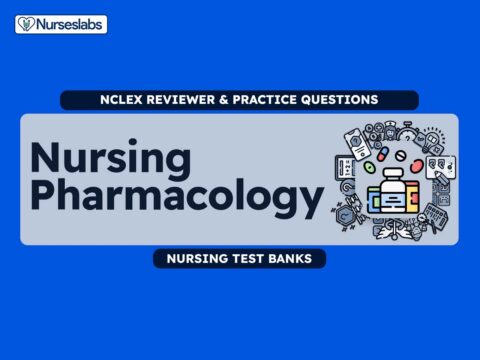

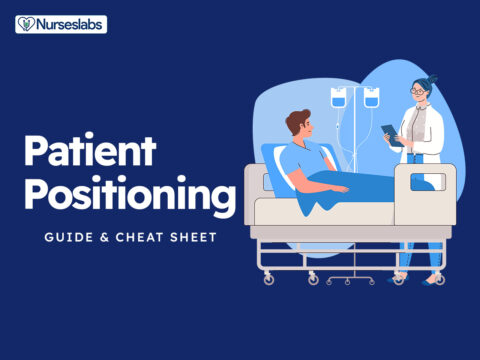

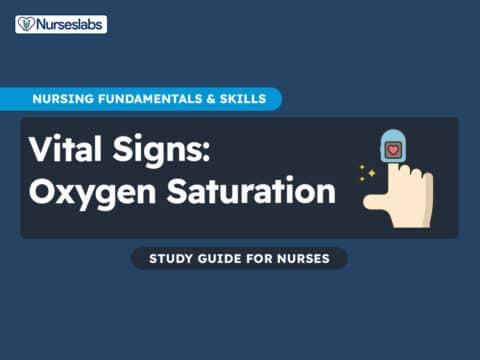
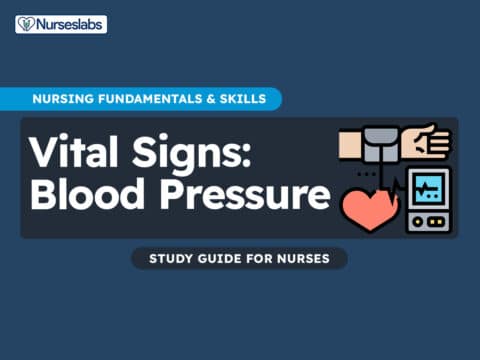
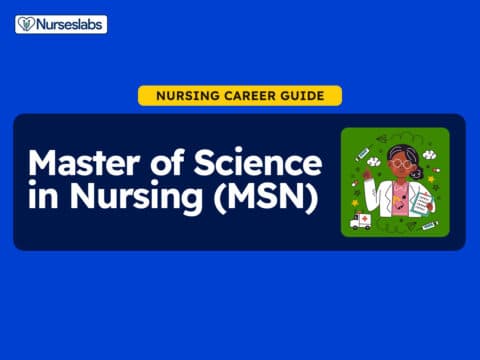

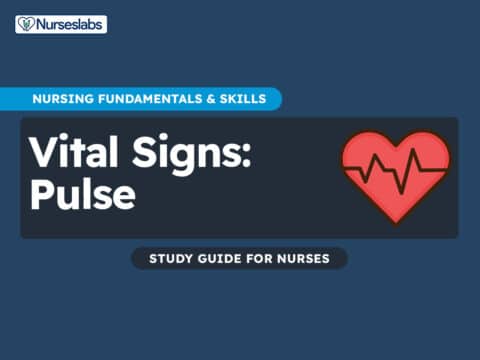
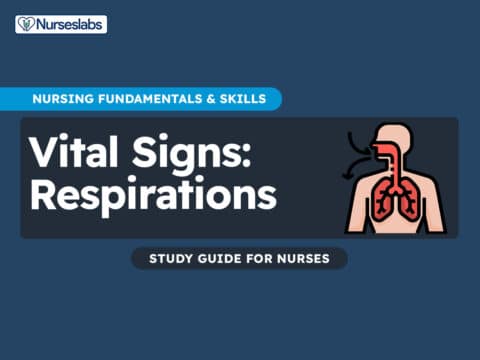
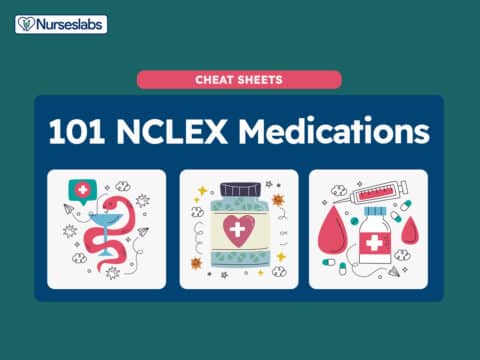
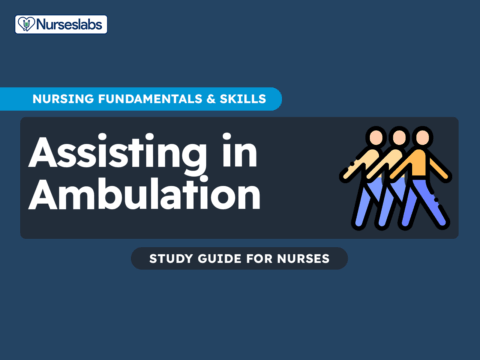
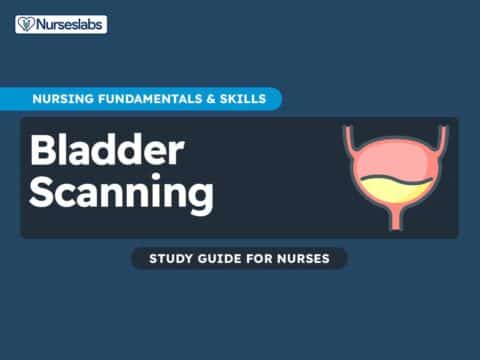
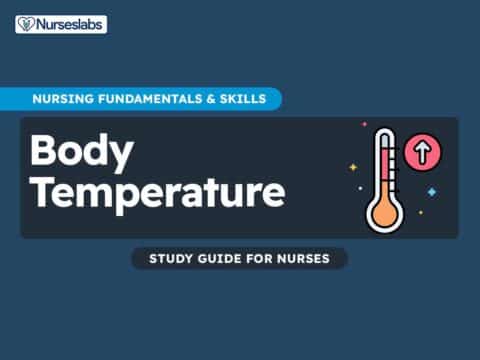








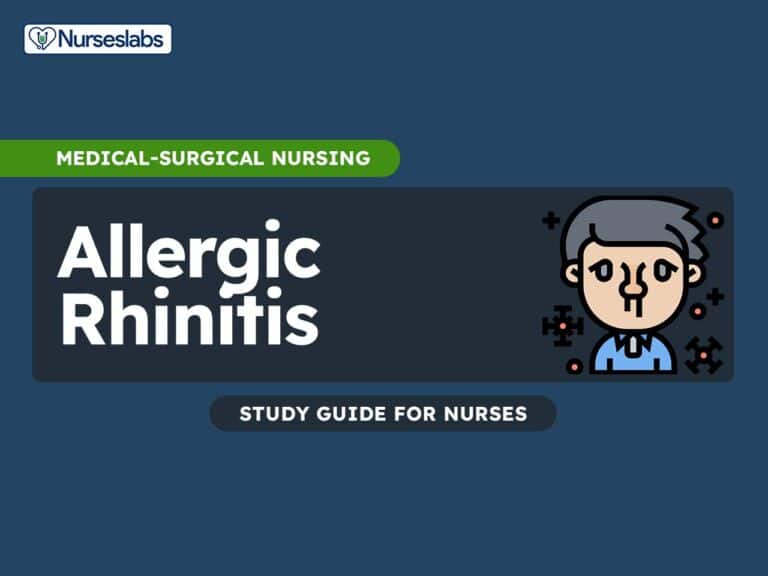
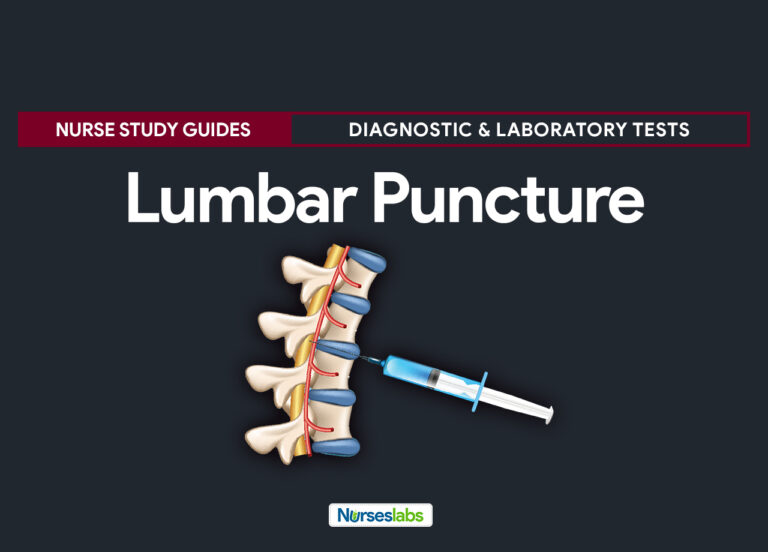
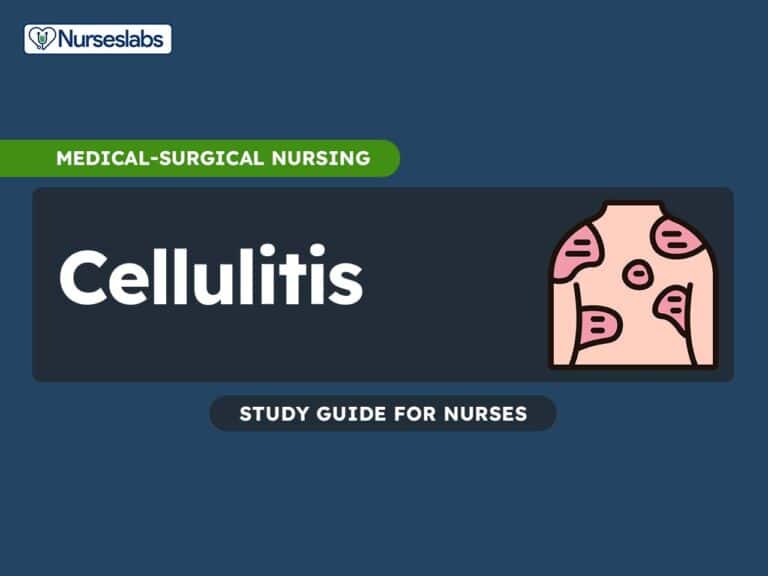


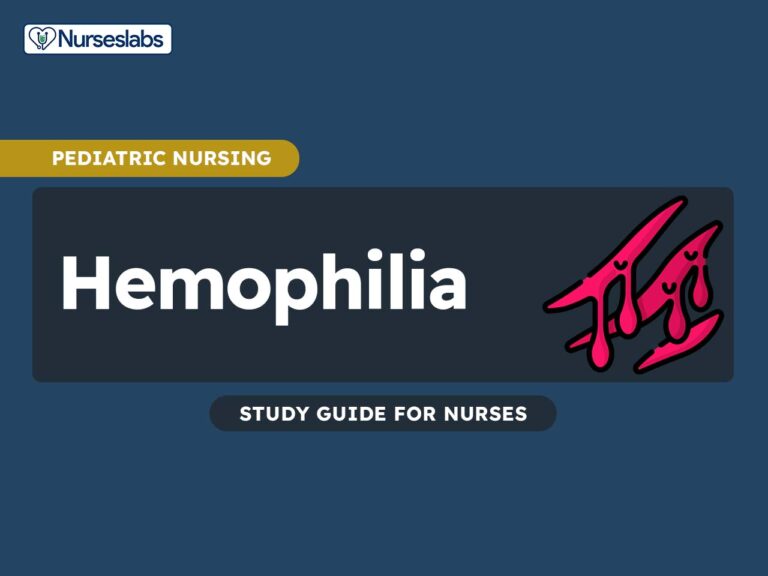
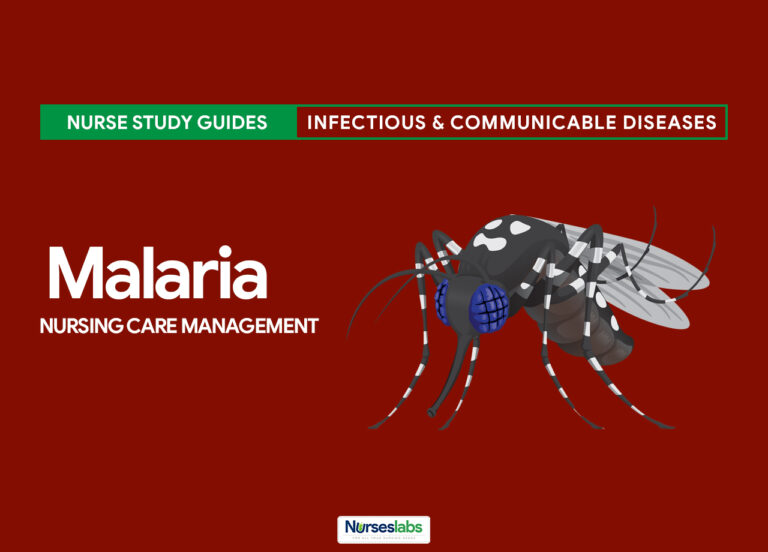


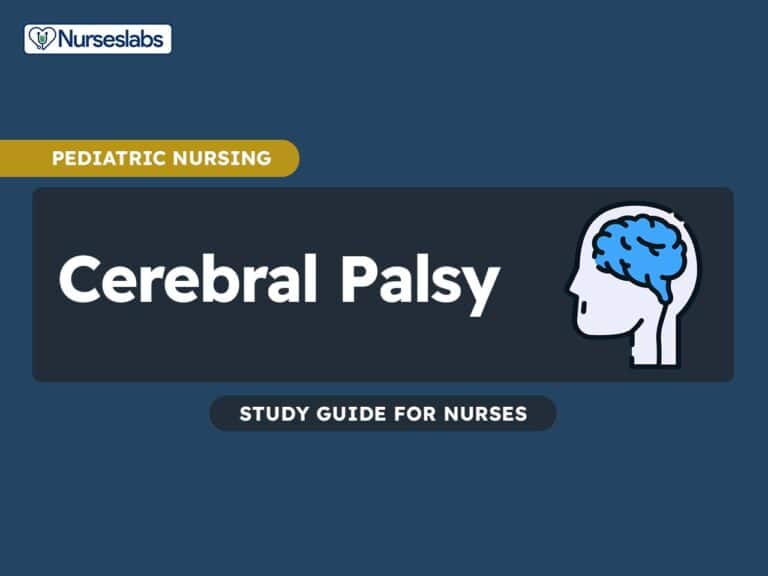


Leave a Comment